
The PARADEP device
Depredation mitigation device for pelagic longline fisheries
The PARADEP project intends to develop a physical depredation mitigation device. For pelagic fish captured by longlines, they have to be protected as soon as they are hooked.
How will the device work?

PARADEP is currently being developed.
It will be equipped with a triggering system and a physical protection system. The protection system will stick to the fish to prevent and/or complicate the depredation process, by creating a physical barrier.
An innovative system with three protection skills
PARADEP is designed to be an innovative depredation mitigation device characterized by three protective skills:
- a physical protection (physical barrier between the fish and the predator)
- a visual protection (hiding of the fish)
- a passive acoustic protection (modification of the acoustic signature of the fish)
Use a passive and non-invasive system
No physical or acoustical harm to marine predators
Prevention of negative interactions between marine mammals and fishing gears
Use of bio-based materials
STEP 1 >
Spiders and socks
An initial work was carried out to design the first two physical depredation mitigation devices: the spider and the sock. These trials were the first ones ever carried out in the open ocean for this type of protection. These surveys took place in 2007 and 2008 in the Seychelles, on board a commercial pelagic longliner. Despite limited results, these trials allowed to assess fishermen’s needs, and fishing technique parameters constraining . They also provided valuable insights to develop new physical depredation mitigation systems.
STEP 2 >
DEPRED
A third physical device called “DEPRED” was designed and tested. DEPRED used flexible streamers to deter cetaceans and protect fish from depredation. Trials were carried out in Reunion Island, in 2010 and 2011. The efficacy of the device was investigated during interactions between bottlenose and spinner dolphins, and small pelagic fish protected by DEPRED. Positive results were obtained during the first trials. However, habituation behavior was observed at the end of the survey. Nevertheless, we believed that this approach deserves to be furthered.
STEP 3 >
Patent
At the end of all these trials, the general design of a physical depredation mitigation device was patented. This patent relates to a device protecting a fish captured by pelagic longlines. It would combine three protection levels: a visual protection (floating elements deployed above the fish), a physical protection (non-floating elements surrounding the fish) and an acoustic protection (reflection targets, such as hollow spheres, changing the fish acoustic signature). The device would be stored in a case and would be released when a fish is hooked thanks to a triggering system.
STEP 4 >
PARADEP
These previous trials leaded to the launching of the PARADEP project. PARADEP aims at developing a physical depredation mitigation device, whose design takes its inspiration from the previous systems. Three test phases will be carried out: in a shallow body of water to assess the device underwater behavior, in interaction with small delphinids and small pelagic fish protected by PARADEP, and on board pelagic longliners during commercial fishing trips. At the end of the project, a final version of the device will be produced (and patented if necessary).
Please send us your comments and questions, we will get back to you shortly.




